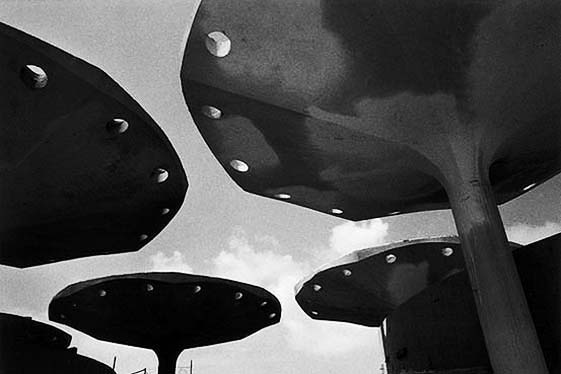Ecce Homo
is moved even further away from clearly defined topics in clearly defined milieus towards a freer conception of subjective documentary photography. In the set Ecce Homo it is no longer important whether the photographs were taken in the Czech Republic, Portugal, France, Israel, or Jordan, or whether they show Czechs, Portuguese, Frenchmen, Jews, or Arabs. Sobek is no longer strictly concerned with concrete people from a concrete community; he is, instead, concerned with a more general view of the human condition, human values, relations between people, isolation and uprootedness, faith, love, joy, and a longing for maximum freedom. He is gradually perfecting the highly personal visual compositions of his photographs, defying a number of conventions; the number of secondary motifs and the dramatic quality of the action portrayed are declining; the urban milieus now often give way to the photogenic milieus of empty beaches and large desolate surfaces; an ever greater role is played by the subtle nuances of the gestures of the photographed subjects and by heavy shadows that merely stand in for real people, animals, or things. The narrative and literary aspects of his work are on the decrease, whereas pictorial metaphors are on the rise, thus enabling more interpretations of the actual content of the photos, which are becoming increasingly difficult to describe in words. Also of considerable importance is the precise technique of high-contrast, black-and-white prints, which intensifies the visual experience one derives from these photographs.







































